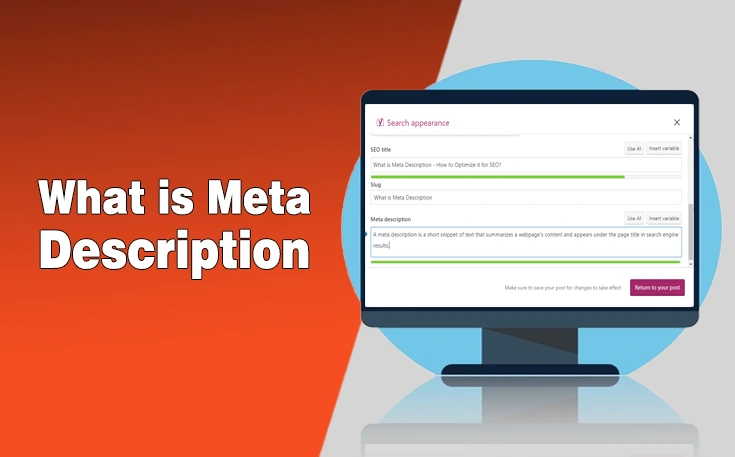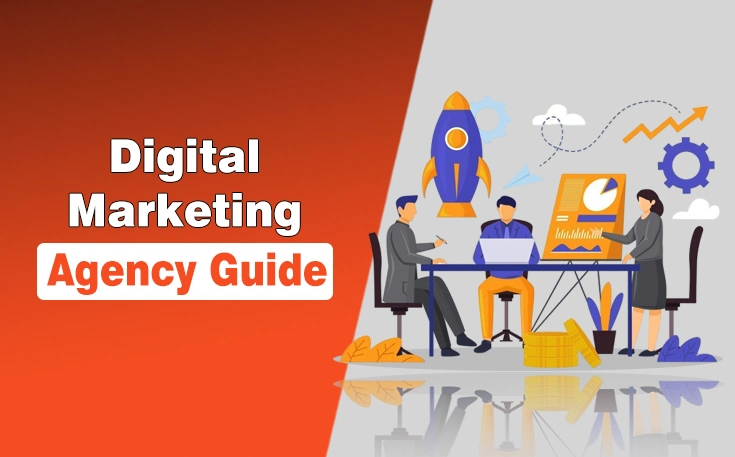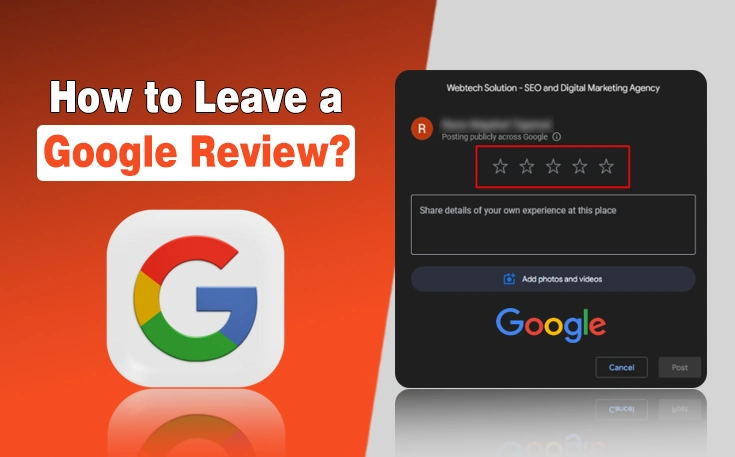During my SEO journey, I faced the challenge of not getting enough CTR despite getting ranked on the very first page of Google. Then I assessed where I was lacking and eventually, my struggle ended when I found that it was the poorly written meta description that caused me serious issues.
The meta description is an important element of SEO that can significantly influence click-through rates (CTR). Studies show that about 63% of search results include a meta description, and optimized meta description pages have higher CTRs compared to those without.
A good description that aligns with the user’s search intent can increase CTR by up to 5.8%. That’s where I started focusing on it. I included relevant keywords while making the description engaging. Ultimately encourages users to click on the site, signaling to search engines that the content is relevant and authoritative.
So, you should also optimize the meta description of your site to grab the users and search engine attention and beat the competition. In this blog post, I have mentioned the tactics through which you can make this article snippet more catchy.
What is Meta Description?
A meta description is a short snippet of text that summarizes a webpage’s content and appears under the page title in search engine results.
It’s an essential part of on-page SEO, as it helps users quickly understand what a page is about before clicking on the link. The meta description does not directly affect the search rankings, but it plays an important role in increasing click-through rates with concise and compelling information.
A well crafted meta description must be between 150-160 characters, highlight key terms relevant to the content, and ideally contain a call-to-action or hook to encourage visitors to engage with the page.
Key Elements of Meta Description
- The character limit is between 150 – 156 characters.
- It should contain a targeted keyword.
- The keyword must be placed naturally.
- The meta description should be a complete and understandable sentence.
- It should provide a complete overview of your article.
Here is how it appears in Search results:
Meta Description in HTML Code
A meta description in HTML code is included within the <head> section of a web page, using the <meta> tag. Here’s an example of how it would look:
html
<head> <meta name=”description” content=” Meta Description is a brief summary of the web page’s content, designed to provide visitors with an overview before they click on the link.”></head>
In this example:
- name=”description” tells search engines and browsers that the content inside the content attribute is a description of the page.
- content=”…” contains the actual meta description text, which should be a concise, relevant summary of the page’s content.
This meta description won’t be visible on the page itself, but search engines may use it when displaying search results.
Pro Tips: There are two ways to edit meta description use the HTML code of your site or a WordPress plugin like Yoast SEO. It will enable you to optimize and write a good description.
What is the Purpose of Meta Description?
The purpose of the meta description is to act as a preview of a web page’s content. Additionally,
- It provides both search engines and users with a concise summary of what they can expect when they click on a link.
- A good description serves as a draw ad for your page which captures attention in search results and persuades users to engage.
- It’s your chance to make a great first impression, shortly conveying the value of your content, highlighting relevant keywords, and encouraging users to take action.
- In essence, it helps bridge the gap between your content and your audience, making it a crucial element in effective SEO strategies.
How to Optimize Meta Description for SEO
What does a good meta description include? Not sure, here is a list of elements you should add to write a compelling description.
- Focus on Length: Your Meta Description must be between 150-160 characters. Longer descriptions might get cut off in search results.
- Keep It Relevant: Make sure the description matches the content of the page.
- Clear and Compelling Language: Write in easy and understandable language that encourages action (if applicable).
- Include Keywords: Include your article-targeted keywords for the page, but avoid keyword stuffing.
- Make it Unique: A description should be unique and different for each page. Writing the same description for each leads to poor user experience.
- Call to Action: Where suitable, include a call to action, like “Learn more,” “Shop now,” or “Read our guide.”
How to Write a Catchy Meta Description?
Here, I have briefly discussed how to write a catchy meta description with some examples of bad and good examples of descriptions.
1 – Generic vs Compelling
Bad
“Welcome to our website. We offer great products.”
Why it’s bad: It’s too generic and doesn’t give the user a clear idea of what the website is about. It also doesn’t include any keywords or a compelling reason to click.
Good
“Explore our wide selection of stylish shoes for men and women. Free shipping and easy returns on all orders. Shop now!”
Why it’s good: It’s clear, concise, and provides a compelling reason to click (free shipping and easy returns).
2 – Stuffed Keyword vs Relevant Keyword
Bad
“Buy shoes, shoes for men, shoes for women, fashionable shoes, best shoes online, cheap shoes.”
Why it’s bad: It’s overstuffed with keywords and doesn’t sound natural. It may also be penalized by search engines for being manipulative.
Good
“Learn how to build your own website from scratch with our easy-to-follow guide. No coding experience required!”
Why it’s good: It’s relevant, informative, and includes key terms like “build your own website” and “guide.”
3 – Lengthy vs Short & Impactful
Bad
“This is a great website where you can find all sorts of fantastic products that will help improve your daily life, from fitness equipment to kitchen gadgets to tech devices. We have something for everyone, and all at affordable prices!”
Why it’s bad: It’s too long and will likely get cut off in search results. It also reads more like a sentence than a description.
Good
“Shop premium coffee beans from around the world. Freshly roasted and delivered to your door.”
Why it’s good: It’s direct, includes important keywords like “premium coffee beans,” and gives the user a reason to click.
4 – Misleading vs Specific
Bad
“Click here to see the best deals on vacation spots!”
Why it’s bad: If the page is about shoes, this meta description is misleading, as it talks about vacation spots, not shoes.
Good
“Discover the best workout routines for beginners. Get fit at home with simple exercises and detailed instructions.”
Why it’s good: It clearly describes what the page is about (workout routines), and offers a benefit (simple exercises, detailed instructions).
Closing Remarks
These are the details about what is meta description and how you can optimize it for search engine optimization. While it is not a direct ranking factor for ranking in the search engines results page, it can influence click through rates of your site quite incredibly. Therefore, you have to focus on it to make it engaging and precise.
Sometimes, search engines may generate their own descriptions based on the content of the page if they deem your existing description not relevant enough. Additionally, add targeted keywords, don’t make it lengthy, and write a unique description for each page that encourages the user to click.





